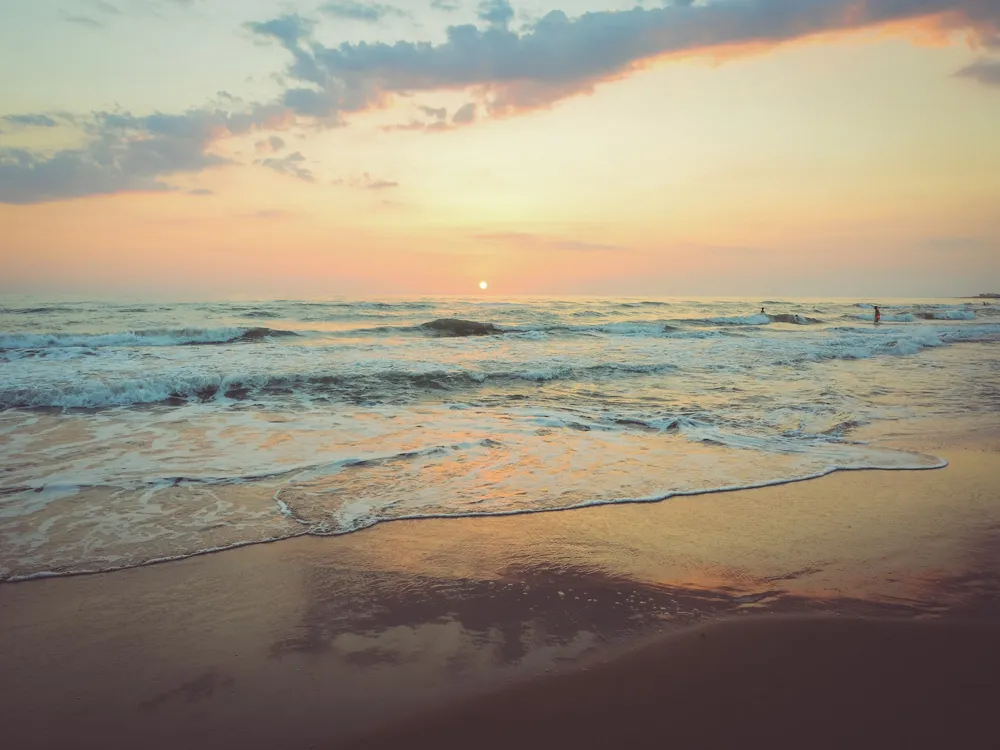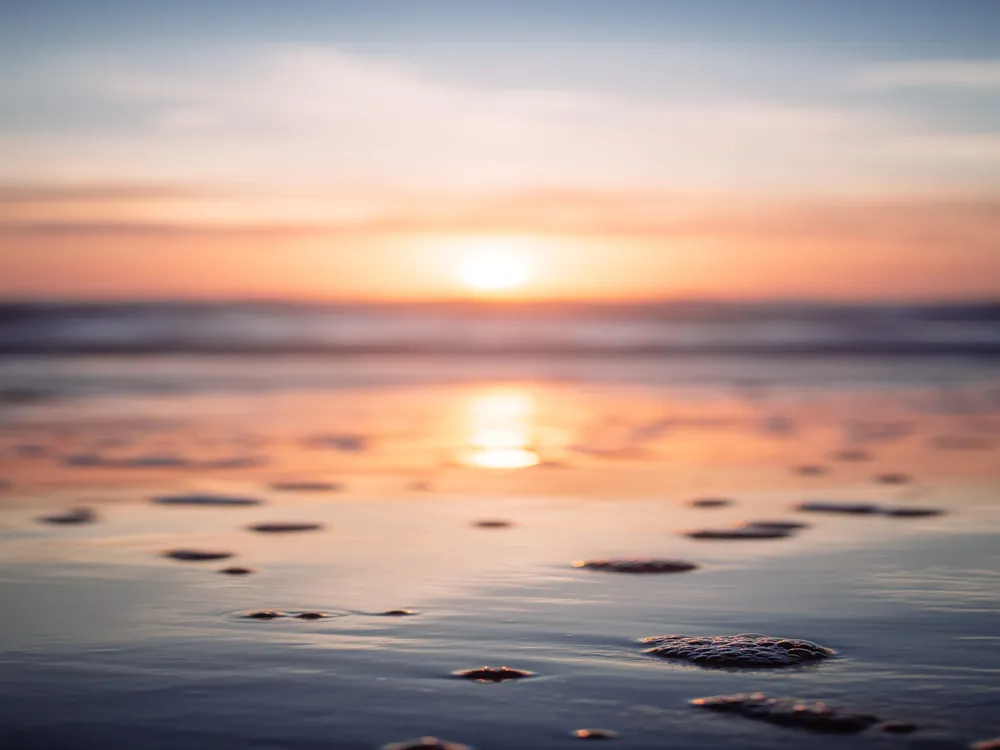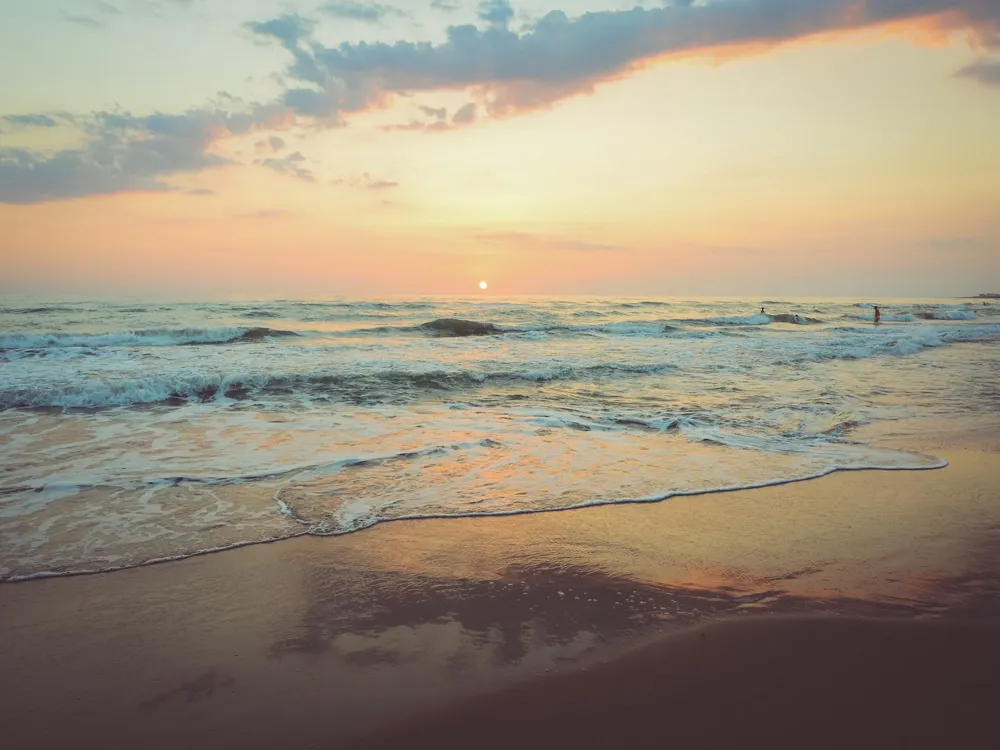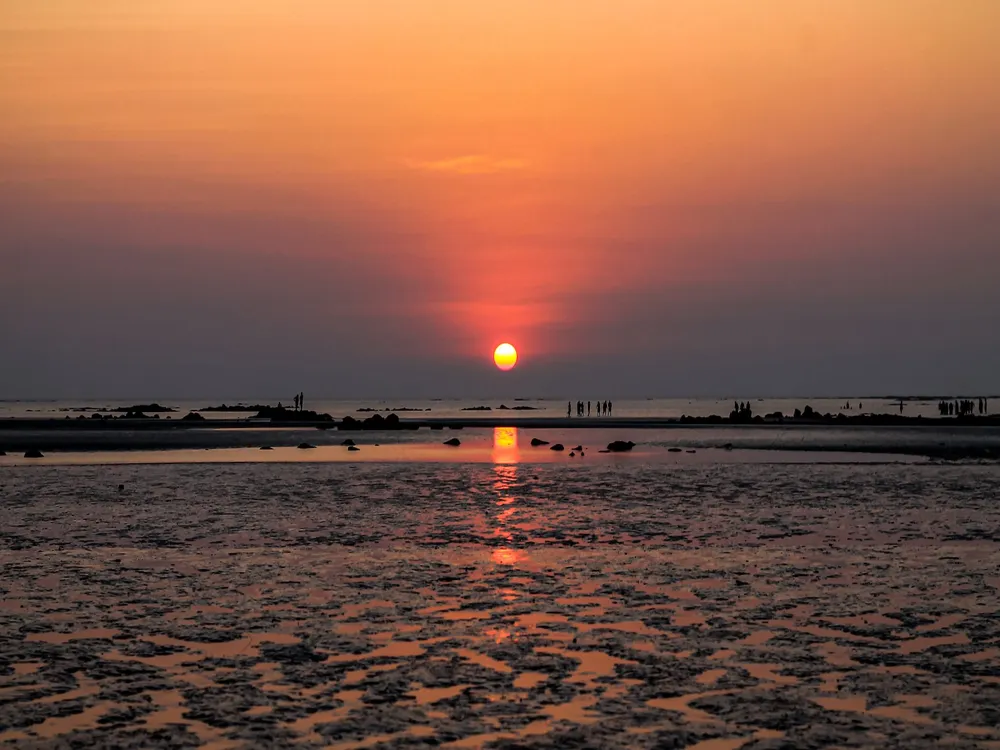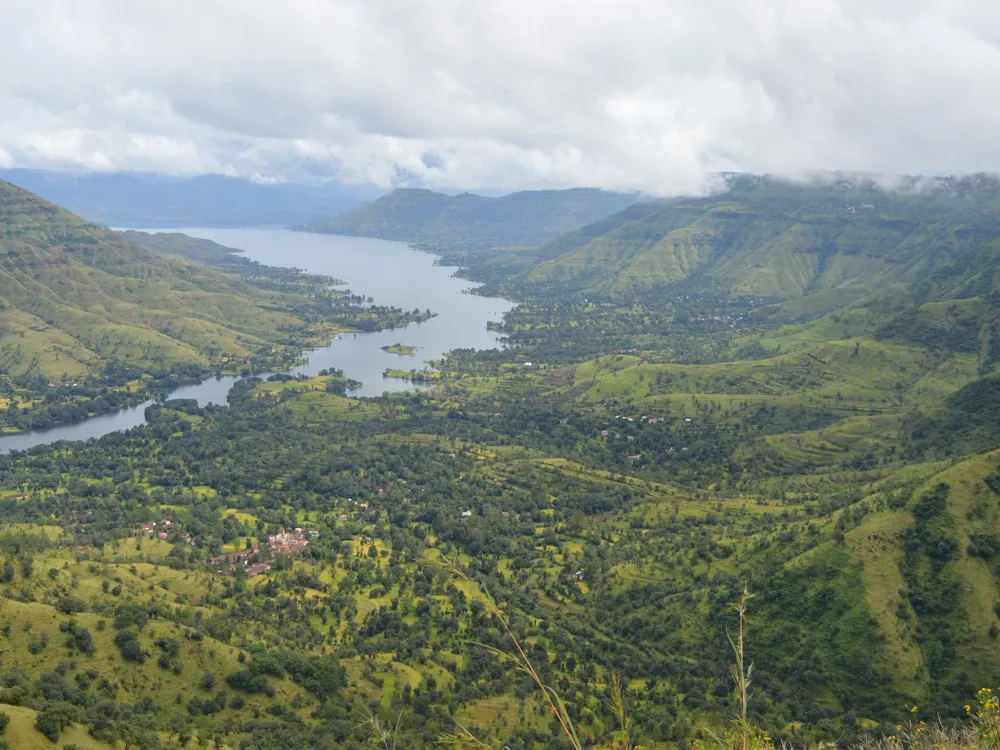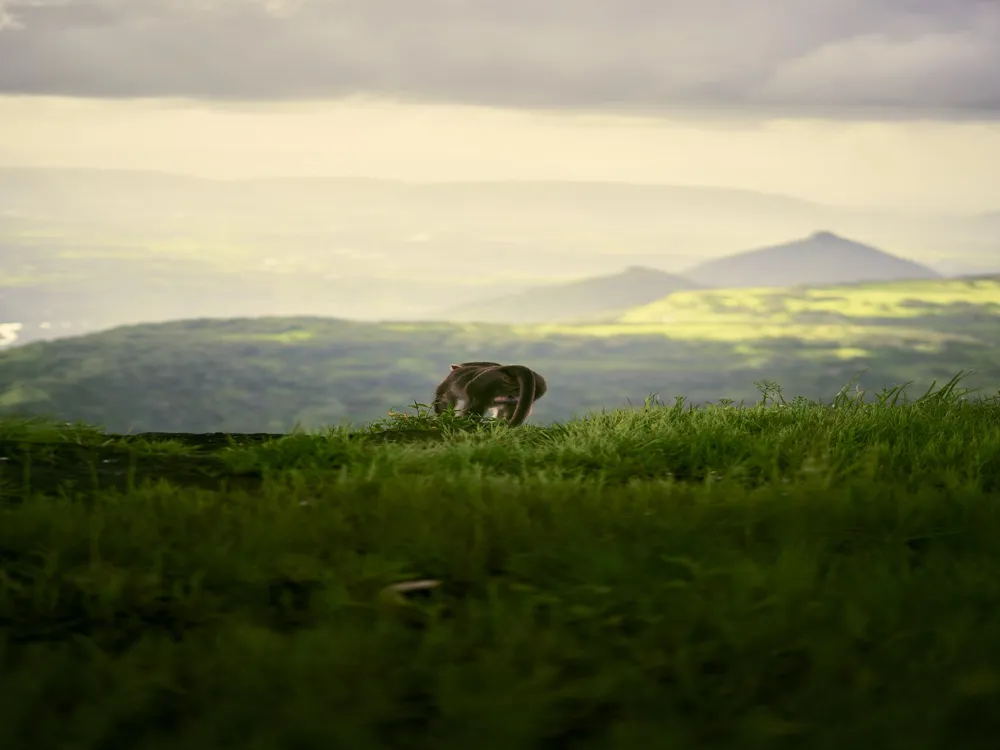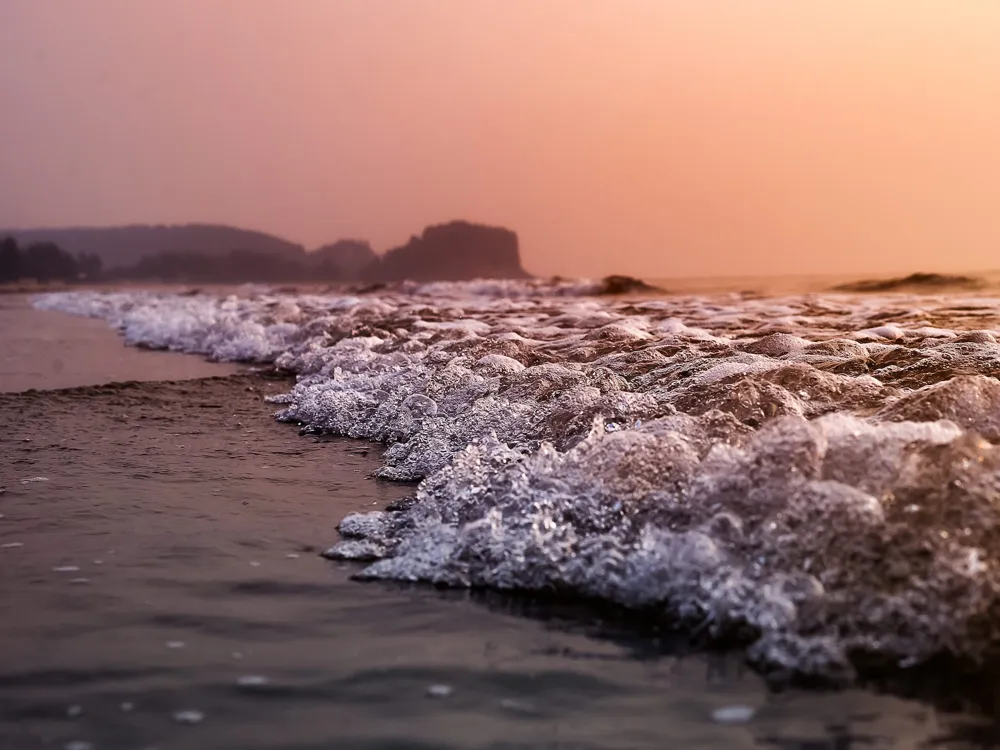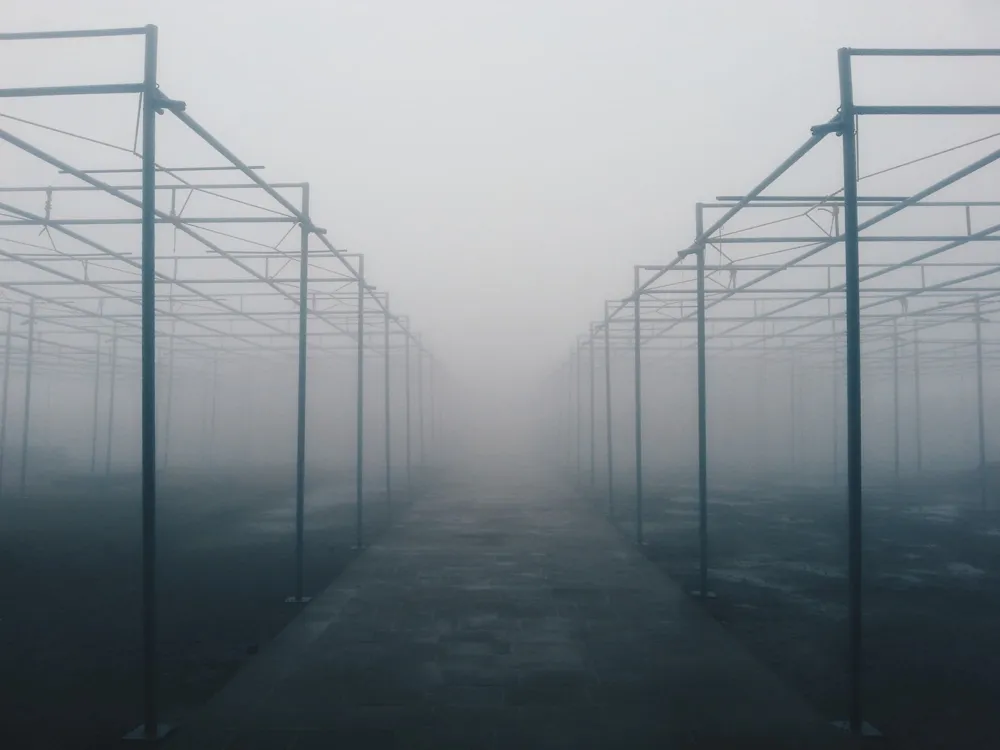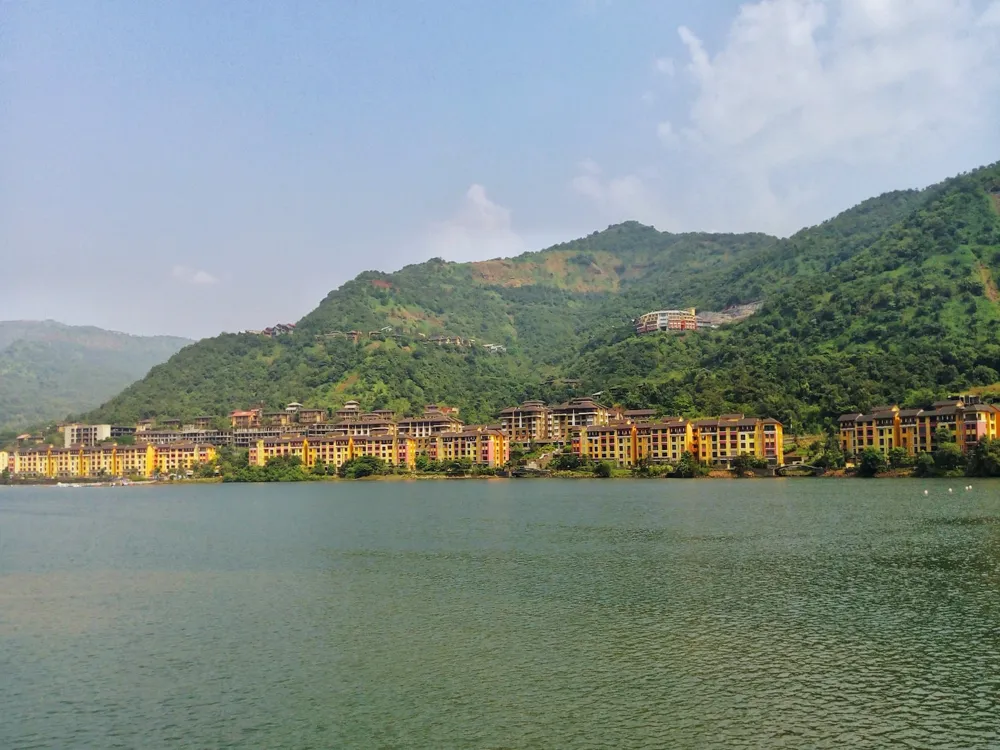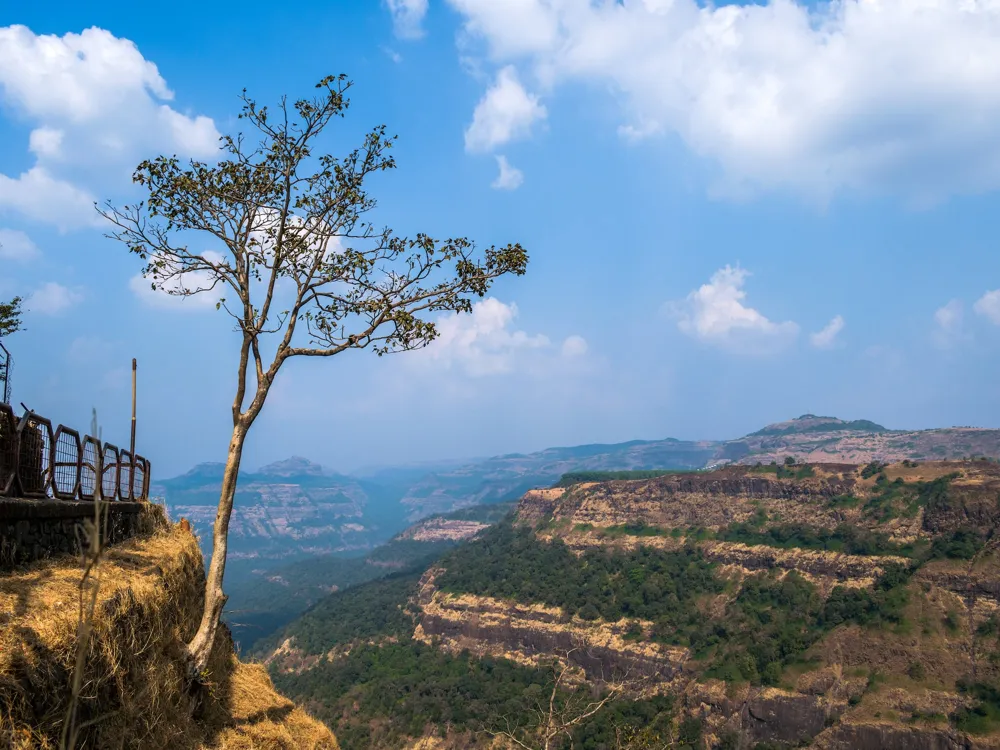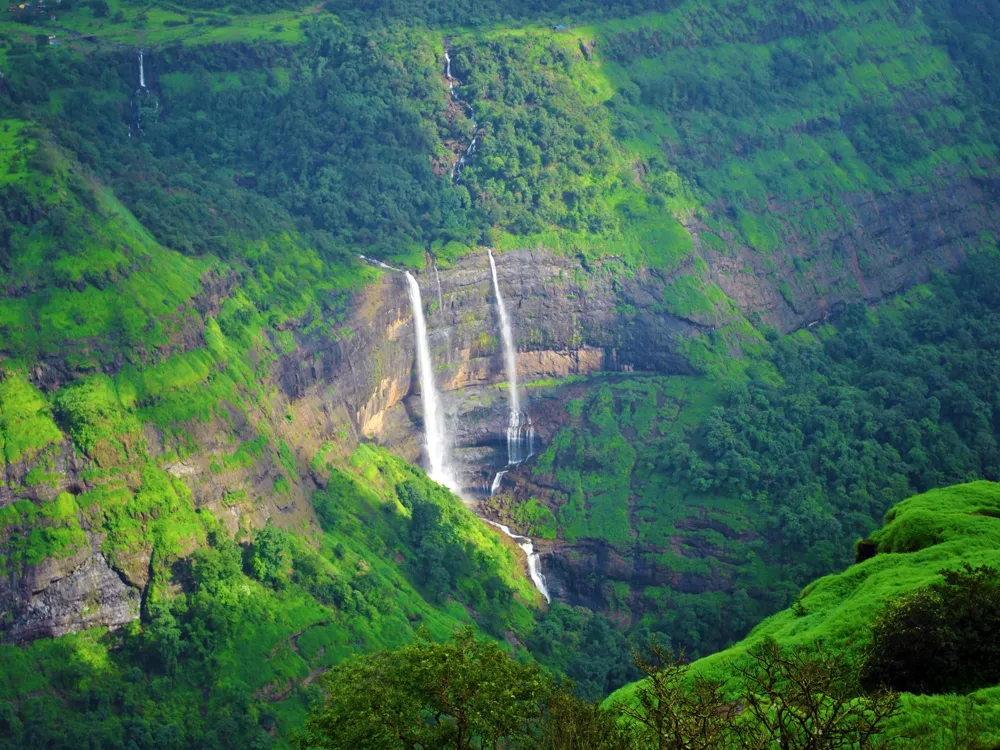Kolaba Fort, a literal phenomenon located in the littoral city of Alibag in Maharashtra, stands as a testament to India's rich heritage. This 17th-century fort, first constructed by Shivaji Maharaj, the great Maratha sovereign , has witnessed multitudinous literal events and battles. Girdled by the Arabian Sea, the stronghold's strategic position made it a pivotal maritime base. The stronghold's robust armature, featuring high walls and sturdy gates, played a vital part in defending against raiders. Over the years, it has become a symbol of adaptability and Maratha architectural prowess. The architectural brilliance of Kolaba Fort is a remarkable aspect of its history. The stronghold, generally erected using basalt, gemstones, and lime, showcases the imagination of Maratha armature. The main entrance, designed to be invisible and strategically placed, was intended to mislead adversaries. The walls, towering at emotional heights, were equipped with fortifications and loopholes for cannons, demonstrating a mix of protective and obnoxious architectural rudiments. Visiting Kolaba Fort is ideal during the cooler months of November to February, when the weather is pleasant, making exploration comfortable. Opt for comfortable clothing and sturdy footwear, as exploring the fort involves walking on uneven surfaces. Consider hiring a local guide to enrich your visit with historical insights and lesser-known facts about the fort. Kolaba Fort is easily accessible from Mumbai, which is about 95 km down. Callers can take a ferry from the Gateway of India to Alibag and also enjoy a short walk or steed-wain lift to the stronghold. For those driving, Alibag is well connected by road. The nearest road station is Pen, located about 30 km from Alibag, from where original transport can be taken to reach the stronghold. Read More:Overview of Kolaba Fort, Alibag, Maharashtra
The trip to Kolaba Fort is intertwined with the history of the Maratha Empire. Constructed in 1680, the stronghold served as a crucial nonmilitary station for the Marathas, allowing them to launch peregrinations and oversee maritime conditioning. The bastion was originally a rustic structure, later rebuilt in gravestone to repel the test of time and war. Intriguingly, the stronghold also housed tabernacles devoted to colourful Hindu divinities, reflecting the artistic and religious significance of the period.Architecture of Kolaba Fort
Inside the stronghold, one can find remnants of executive structures, granaries, and dogfaces' diggings, offering a glimpse into the life within the stronghold during its peak. The water tanks, an essential point, provided a sustainable water force, pivotal for survival during sieges. The design also includes a unique system of channels and budgets for rainwater harvesting, a testament to the foresight and resourcefulness of its engineers.Tips When Visiting Kolaba Fort
Best Time to Visit
What to Wear
Guided Tours
How To Reach Kolaba Fort
Kolaba Fort
Alibag
Maharashtra Goa
NaN onwards
View alibag Packages
Weather :
Label : Must Visit
Tags : Forts & Palaces
Timings : 10:00 AM - 5:00 PM
Time Required : 1-2 hrs
Entry Fee : INR 5
Planning a Trip? Ask Your Question
Also Refered As:
Alibaug Fort
Alibag Travel Packages
View All Packages For Alibag
Top Hotel Collections for Alibag

Private Pool

Luxury Hotels

5-Star Hotels

Pet Friendly
Top Hotels Near Alibag
Other Top Ranking Places In Alibag
View All Places To Visit In alibag
Faq on Alibag
What is Kolaba Fort in Alibag?
Kolaba Fort is an ancient military fortification located off the coast of Alibag in Maharashtra, India. It stands amidst the Arabian Sea and is a popular tourist destination.
How do I reach Kolaba Fort in Alibag?
To reach Kolaba Fort in Alibag, you can take a ferry from Alibag beach. The fort is situated about 2 kilometers from the shore, and the ferry ride takes around 20 minutes.
What are the timings to visit Kolaba Fort in Alibag?
Kolaba Fort in Alibag is open to visitors from morning until evening. The exact timings may vary, so it's advisable to check beforehand.
Is there an entry fee for visiting Kolaba Fort in Alibag?
Yes, there is usually a nominal entry fee for visiting Kolaba Fort in Alibag. The fee may vary for Indian and foreign tourists.
What are the attractions near Kolaba Fort in Alibag?
Apart from Kolaba Fort, visitors to Alibag can explore nearby attractions such as Alibag Beach, Varsoli Beach, Kanakeshwar Devasthan Temple, and the historic Murud-Janjira Fort.
View alibag Packages
Weather :
Label : Must Visit
Tags : Forts & Palaces
Timings : 10:00 AM - 5:00 PM
Time Required : 1-2 hrs
Entry Fee : INR 5
Planning a Trip? Ask Your Question
Alibaug Fort
Alibag Travel Packages
View All Packages For Alibag
Top Hotel Collections for Alibag

Private Pool

Luxury Hotels

5-Star Hotels

Pet Friendly
Top Hotels Near Alibag
Other Top Ranking Places In Alibag
View All Places To Visit In alibagFaq on Alibag
What is Kolaba Fort in Alibag?
Kolaba Fort is an ancient military fortification located off the coast of Alibag in Maharashtra, India. It stands amidst the Arabian Sea and is a popular tourist destination.
How do I reach Kolaba Fort in Alibag?
To reach Kolaba Fort in Alibag, you can take a ferry from Alibag beach. The fort is situated about 2 kilometers from the shore, and the ferry ride takes around 20 minutes.
What are the timings to visit Kolaba Fort in Alibag?
Kolaba Fort in Alibag is open to visitors from morning until evening. The exact timings may vary, so it's advisable to check beforehand.
Is there an entry fee for visiting Kolaba Fort in Alibag?
Yes, there is usually a nominal entry fee for visiting Kolaba Fort in Alibag. The fee may vary for Indian and foreign tourists.
What are the attractions near Kolaba Fort in Alibag?
Apart from Kolaba Fort, visitors to Alibag can explore nearby attractions such as Alibag Beach, Varsoli Beach, Kanakeshwar Devasthan Temple, and the historic Murud-Janjira Fort.







